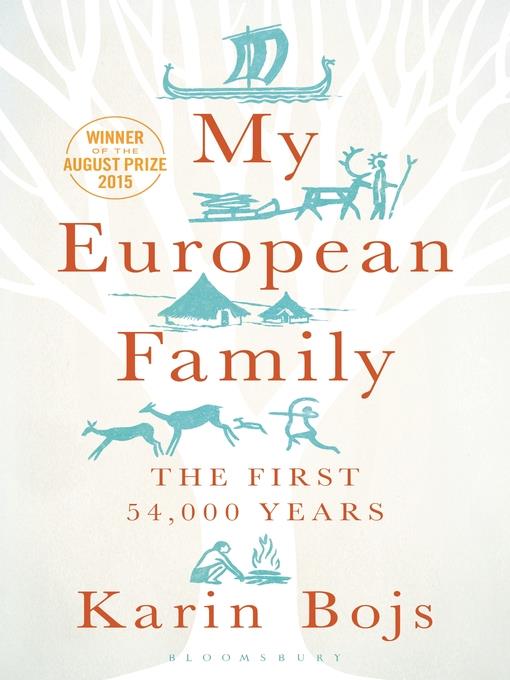
My European Family
The First 54,000 Years
- اطلاعات
- نقد و بررسی
- دیدگاه کاربران
نقد و بررسی

April 15, 2017
Science journalist Bojs seeks to personalize the story of human migration and the history of habitation in Europe by providing an account of her own family. Since Bojs is Swedish, there are many Scandinavian personal and place names that U.S. readers may find unfamiliar; they will want to have a map handy as she describes many parts of Europe and beyond. The focus is on northern Europe, but the author does mention other regions, including Africa and China when relevant, particularly when addressing the development of early technologies such as sailing, pottery, and music. She also discusses humans' early relationships with animals (e.g., dogs, cats, and horses). Although the various scientists Bojs interviews often disagree about the importance of archaeology vs. genetics, she manages to weave the competing fields into a clear narrative of the history of early Europeans. She is also highly aware of the potential for such information to be used to make discriminatory claims about European superiority and faces that challenge head-on. VERDICT Overall, a thoughtful and personal story for readers with an interest in early European history, genealogy, or archaeology.--Cate Hirschbiel, Iwasaki Lib., Emerson Coll., Boston
Copyright 2017 Library Journal, LLC Used with permission.

Starred review from April 1, 2017
Swedish science journalist Bojs gamely asserts the gene in genealogy. She intertwines the development of early human beings in Europe with her own family history in a narrative as precisely and splendidly formed as the majestically wound DNA molecule. And aptly so, given that DNA technology provides a remarkable tool in clarifying ancestry and antiquity. Samples of it in ancient skeletons can be analyzed. DNA from body lice can help calculate the age of clothing. Even microscopic deposits in dental tartar can be scrutinized. Everyone alive now has a common foremother, Mitochondrial Eve. Along with her male counterpart, Y-Chromosomal Adam, both dwelt in Africa about 200,000 years ago. Fast-forward many millennia. The population of Europe becomes shaped by three major migrations: Ice Age hunters were first on the scene, followed by farmers arriving from the Middle East, then pastoralists from the eastern steppes toting Indo-European languages. Beyond molecular biology, Bojs utilizes many disciplines to trace the progress and movement of Europeans, including anthropology, archaeology, botany, history, linguistics, and paleontology. Discussions of Neanderthals, Cro-Magnons, the earliest cooking, ancient beermaking, prehistoric graves, animal domestication, changes in climate and sea levels, Vikings, and the real paleo diet (which included insects and heaps of honey) all make an appearance. Formidable and fascinating reading.(Reprinted with permission of Booklist, copyright 2017, American Library Association.)




دیدگاه کاربران